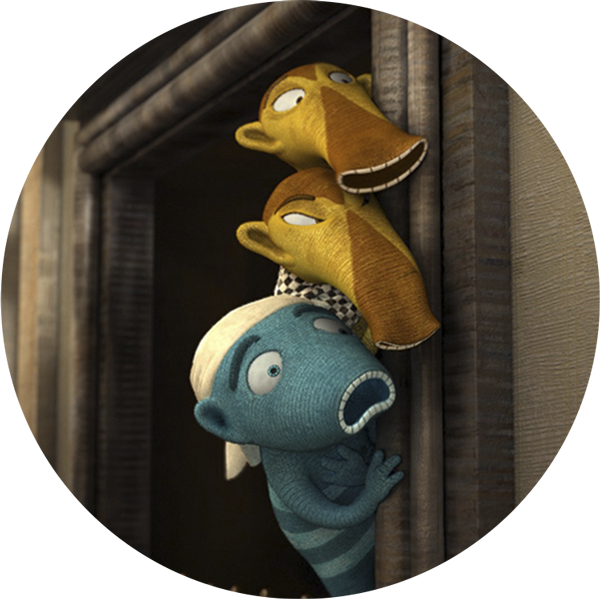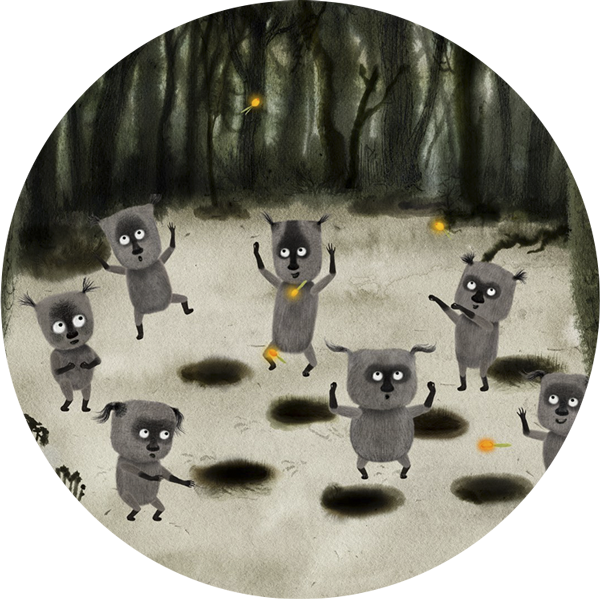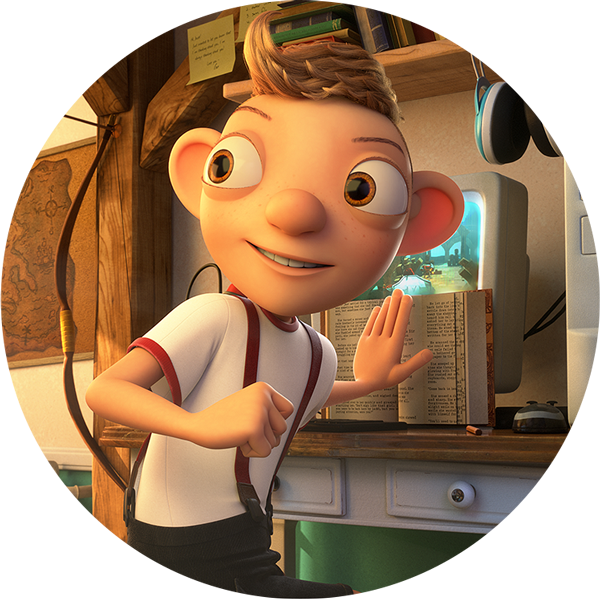
Having enjoyed its ‘golden age’ between the 1950s and 1980s, Czech animation is now at risk of shrinking during a period of stagnation. As a result, producers are mobilising to ensure decision makers in the public and private sectors are aware of the industry’s potential.
Dependence on Czech Film Fund
The main supporter of the Czech animation sector is the Czech Film Fund (CFF), which contributes approximately €2m per year towards the development and production of animated features and short films. This has provided a foundation on which the industry can build on, however an increase in available funding for grants and incentives is necessary for future growth.
The Association of Czech Animation Film (ASAF), founded in 2014, will play a fundamental part in this and has already helped to make the local animation business more organised and raise its profile internationally.
The ultimate aim of the ASAF is to facilitate the introduction of financial tools that will allow producers to work on a mixture of original productions as well as international coproductions, alongside service work. So far, there have been a handful of CGI animated feature film coproductions led by Czech producers, such as The Oddsockeaters (2016) and Harvie & the Magic Museum (2017).
These projects join a long list of critically-acclaimed short films produced in the Czech Republic, such as Happy End (Jan Saska), Fruits of Clouds (Katka Karhankova) and TRAM (Michaela Pavlátová).
There are aspirations to make the Czech Republic a hub for original animation production, with a range of local animation schools delivering young talent keen to work on their own ideas. However, the industry is hampered by the limited budget of the CFF, which although having a dedicated allowance for the development and production of animated feature films and shorts, does not support animated TV series.

One improvement made to the CFF has been for it to increase its support for development funding, which it is believed will help to improve the standard of concepts developed by Czech producers and help them find international partners. Meanwhile, animation producers and studios are able to tap into a tax rebate of up to 20% on qualifying spend in the country. This applies to both film and TV, including post-production work, and is helping to bring in important service work for Czech animation producers.
However, Czech producers are calling for the Czech government to acknowledge the major potential the local animation industry has to grow by increasing the tax rebate, which at 20% is relatively low, to a level on a par with those seen in other European countries to help make the country more competitive.
Lack of broadcaster support
Another major factor holding back the Czech animation industry is the lack of support and investment coming from the local public broadcaster Czech TV. It is involved in a very limited number of animated coproductions with the independent sector, with much of its animated content being produced in-house.
Changing attitude towards animation
A key obstacle to the Czech animation industry’s long-term growth is the lack of awareness of the benefits of a strong animation sector to both a country’s economy and culture among both the country’s public broadcaster and government. The ASAF is making efforts to convey this, however, and over time it is hoped that attitudes will begin to change.
Once the industry receives more substantial support, then improved funding tools should be made available, which in turn will help grow production levels. In the meantime, work also needs to be done to strengthen the animation sector’s infrastructure, with more investment needed in professional training, technology, marketing and distribution.

Having enjoyed its ‘golden age’ between the 1950s and 1980s, Czech animation is now at risk of shrinking during a period of stagnation. As a result, producers are mobilising to ensure decision makers in the public and private sectors are aware of the industry’s potential.
Dependence on Czech Film Fund
The main supporter of the Czech animation sector is the Czech Film Fund (CFF), which contributes approximately €2m per year towards the development and production of animated features and short films. This has provided a foundation on which the industry can build on, however an increase in available funding for grants and incentives is necessary for future growth.
The Association of Czech Animation Film (ASAF), founded in 2014, will play a fundamental part in this and has already helped to make the local animation business more organised and raise its profile internationally.
The ultimate aim of the ASAF is to facilitate the introduction of financial tools that will allow producers to work on a mixture of original productions as well as international coproductions, alongside service work. So far, there have been a handful of CGI animated feature film coproductions led by Czech producers, such as The Oddsockeaters (2016) and Harvie & the Magic Museum (2017).
These projects join a long list of critically-acclaimed short films produced in the Czech Republic, such as Happy End (Jan Saska), Fruits of Clouds (Katka Karhankova) and TRAM (Michaela Pavlátová).
There are aspirations to make the Czech Republic a hub for original animation production, with a range of local animation schools delivering young talent keen to work on their own ideas. However, the industry is hampered by the limited budget of the CFF, which although having a dedicated allowance for the development and production of animated feature films and shorts, does not support animated TV series.
One improvement made to the CFF has been for it to increase its support for development funding, which it is believed will help to improve the standard of concepts developed by Czech producers and help them find international partners. Meanwhile, animation producers and studios are able to tap into a tax rebate of up to 20% on qualifying spend in the country. This applies to both film and TV, including post-production work, and is helping to bring in important service work for Czech animation producers.
However, Czech producers are calling for the Czech government to acknowledge the major potential the local animation industry has to grow by increasing the tax rebate, which at 20% is relatively low, to a level on a par with those seen in other European countries to help make the country more competitive.
Lack of broadcaster support
Another major factor holding back the Czech animation industry is the lack of support and investment coming from the local public broadcaster Czech TV. It is involved in a very limited number of animated coproductions with the independent sector, with much of its animated content being produced in-house.
Changing attitude towards animation
A key obstacle to the Czech animation industry’s long-term growth is the lack of awareness of the benefits of a strong animation sector to both a country’s economy and culture among both the country’s public broadcaster and government. The ASAF is making efforts to convey this, however, and over time it is hoped that attitudes will begin to change.
Once the industry receives more substantial support, then improved funding tools should be made available, which in turn will help grow production levels. In the meantime, work also needs to be done to strengthen the animation sector’s infrastructure, with more investment needed in professional training, technology, marketing and distribution.



 Animation in Czech Republic
Animation in Czech Republic